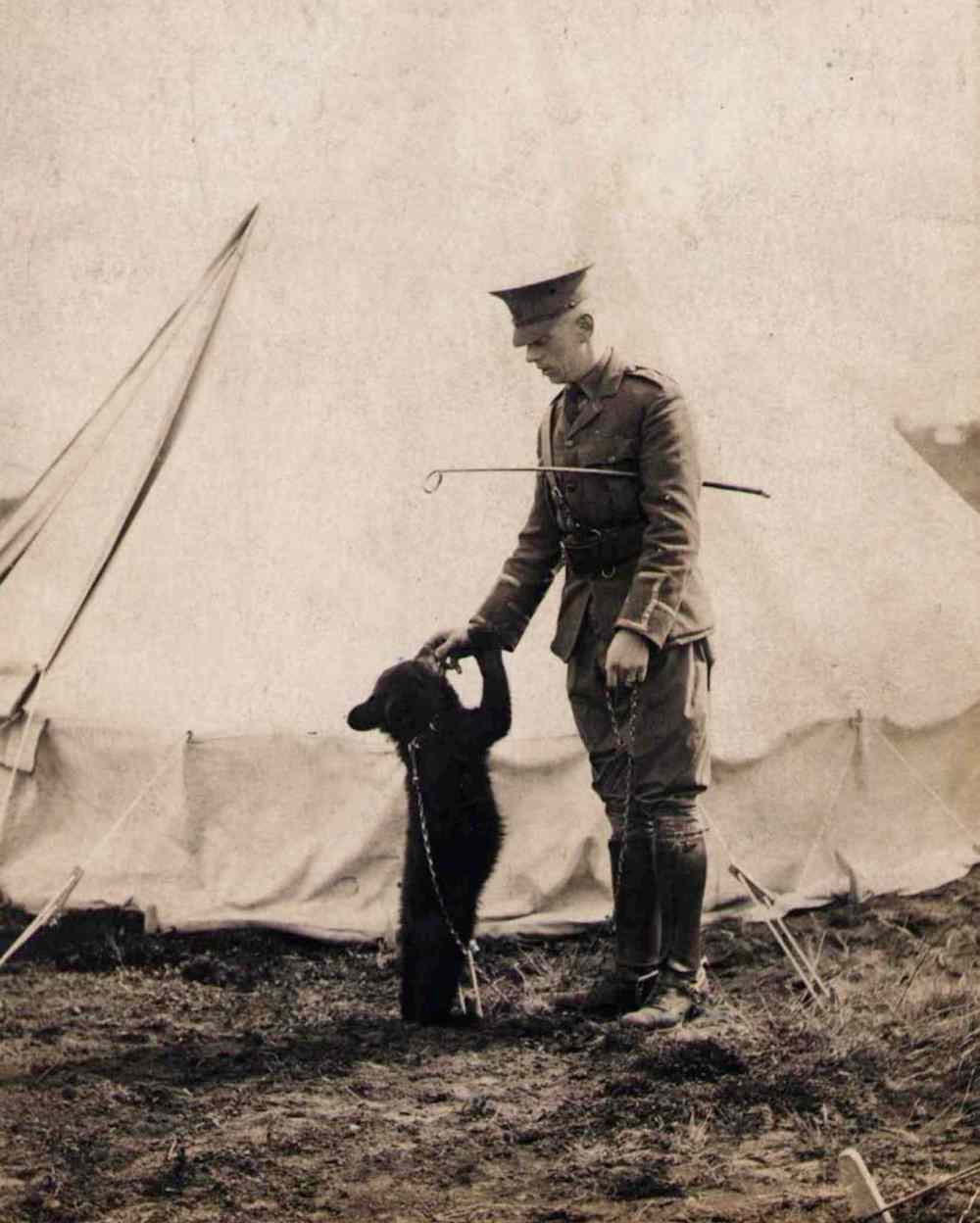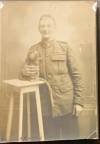Exhibit will delve into the history of Winnipeg’s most famous bear
Advertisement
Read this article for free:
or
Already have an account? Log in here »
To continue reading, please subscribe:
Monthly Digital Subscription
$0 for the first 4 weeks*
- Enjoy unlimited reading on winnipegfreepress.com
- Read the E-Edition, our digital replica newspaper
- Access News Break, our award-winning app
- Play interactive puzzles
*No charge for 4 weeks then price increases to the regular rate of $19.00 plus GST every four weeks. Offer available to new and qualified returning subscribers only. Cancel any time.
Monthly Digital Subscription
$4.75/week*
- Enjoy unlimited reading on winnipegfreepress.com
- Read the E-Edition, our digital replica newspaper
- Access News Break, our award-winning app
- Play interactive puzzles
*Billed as $19 plus GST every four weeks. Cancel any time.
To continue reading, please subscribe:
Add Free Press access to your Brandon Sun subscription for only an additional
$1 for the first 4 weeks*
*Your next subscription payment will increase by $1.00 and you will be charged $16.99 plus GST for four weeks. After four weeks, your payment will increase to $23.99 plus GST every four weeks.
Read unlimited articles for free today:
or
Already have an account? Log in here »
Hey there, time traveller!
This article was published 26/10/2015 (3710 days ago), so information in it may no longer be current.
We all know him best as the chubby little cubby all stuffed with fluff, but Winnie the Pooh was a real bear whose roots were planted in Winnipeg a century ago.

It’s been 100 years since Harry Colebourn, a Winnipeg veterinarian and soldier, bought a black bear cub at the onset of the First World War that became an icon in children’s literature.
In celebration, the Assiniboine Park Conservancy announced Monday it is bringing the exhibition Remembering the Real Winnie: The World’s Most Famous Bear Turns 100, to the Pavilion Gallery Museum in early summer 2016.
Remembering the Real Winnie was developed by Ryerson University’s Research Image Centre and Modern Literature and Culture Research Centre, and celebrates the history of Colebourn and the bear that became the inspiration for A.A. Milne’s world famous Winnie the Pooh books.
“We are honoured to share untold parts of this story with Winnipeggers and visitors alike through this historical exhibition,” said Trevor Clearwater, director of visitor services at the Assiniboine Park Conservancy.

The exhibition is centered on the Colebourn family archive. It features photographs, Captain Colebourn’s wartime diaries and veterinary tools. It explores the themes of veterinary practice during the First World War, military life at camp and at the front, as well as the genesis and popular legacy of Winnie the Pooh. The exhibition also features a digital archive and interactive exhibition experience.
The exhibition is the result of a multidisciplinary approach taken by Ryerson University students, alumni and faculty members from different backgrounds across the university.
Also Monday, it was the official launch of Finding Winnie — a children’s picture book written by Lindsay Mattick, Colebourn’s great-granddaughter, and illustrated by artist Sophie Blackall. The Finding Winnie book explores Colebourn’s and Winnie’s stories for younger audiences and includes photographs and memorabilia from the Colebourn family archives, many of which are also featured in the exhibition.
For more information, go to therealwinnie.ryerson.ca.


